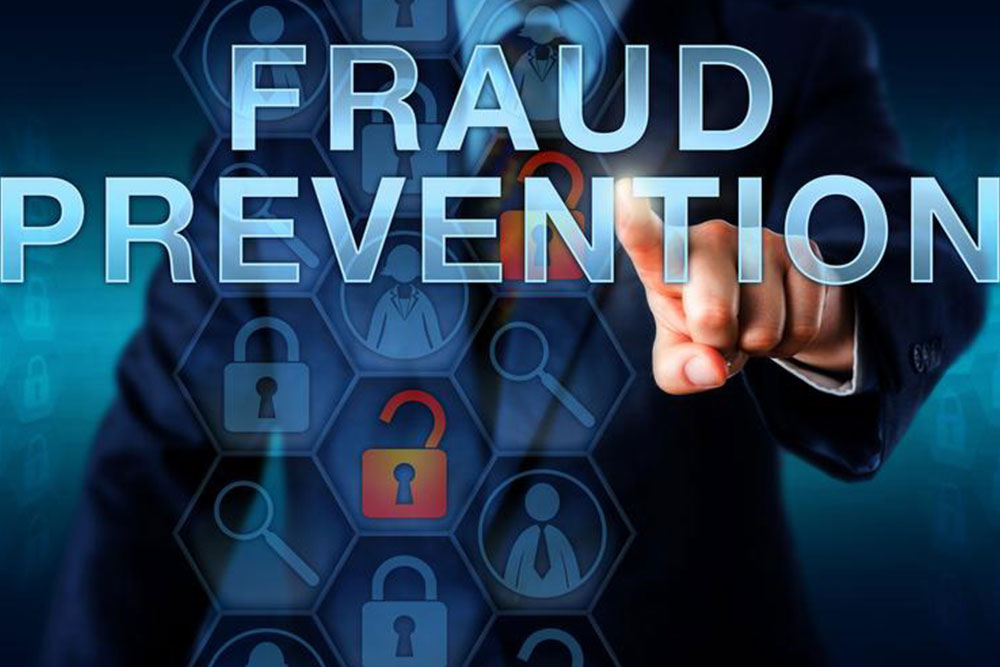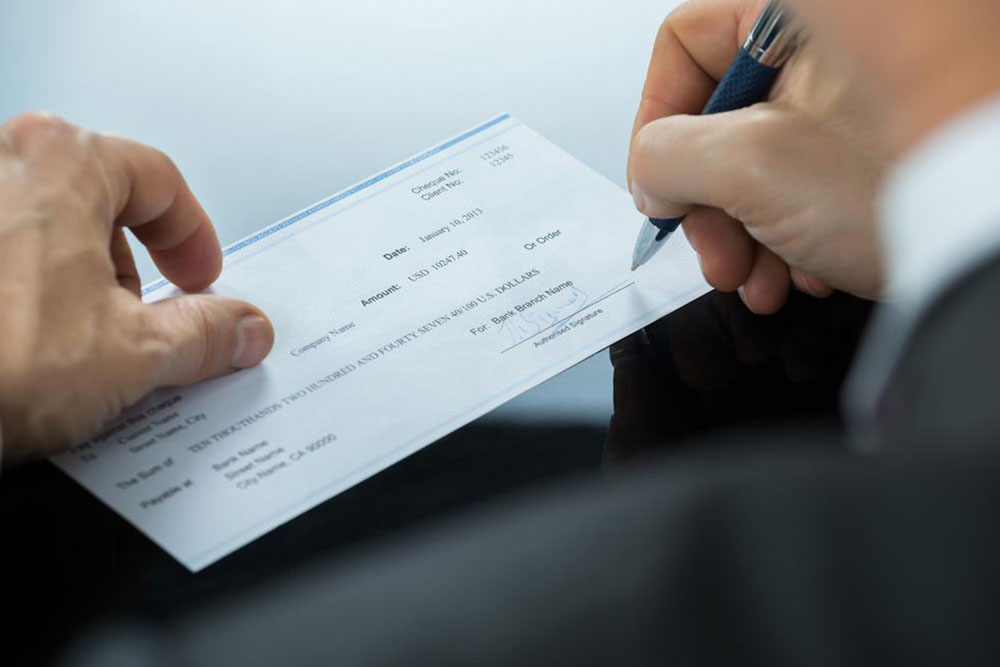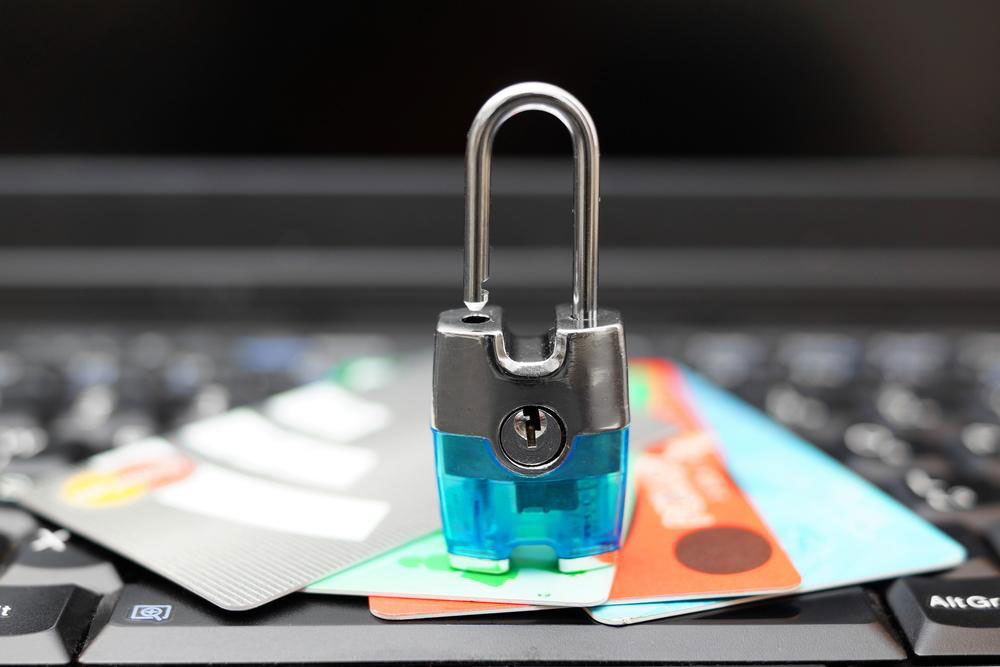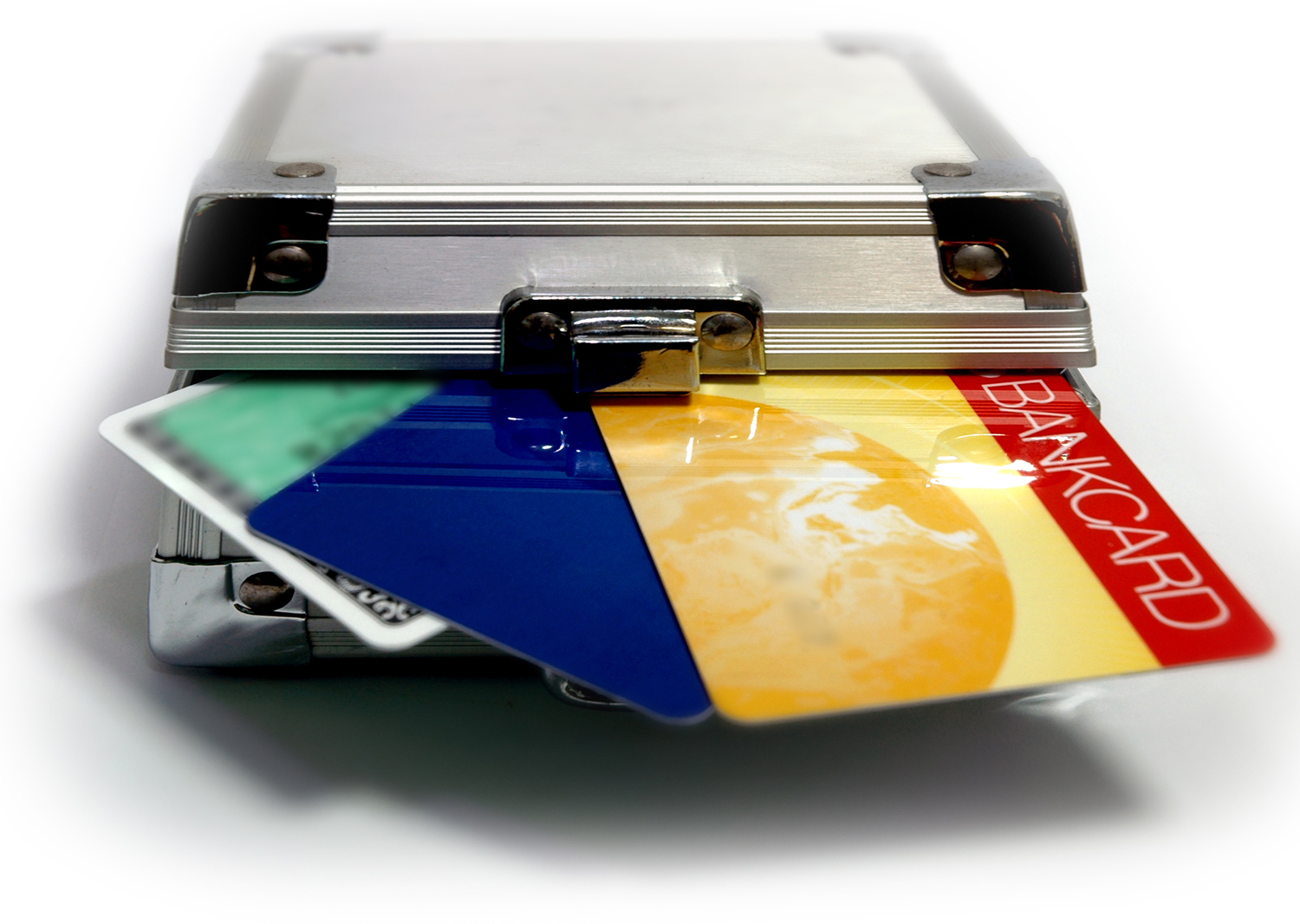Understanding Check Fraud: Types and Prevention Tips
This article explains the various forms of check fraud, including forgery, alteration, and check washing, and offers essential tips for prevention. With technological advancements making check forging easier, understanding how to recognize fake checks and safeguard financial information is vital. The article emphasizes the importance of using secure banking methods and staying vigilant against fraudulent activities in today’s increasingly digital banking environment. Protect yourself against financial scams with practical advice and stay informed about emerging threats.

Understanding Check Fraud: Types and Prevention Tips
Check fraud involves the creation, tampering, or duplication of checks to deceive individuals or organizations and steal money. Technological advances have made it easier for scammers to produce realistic forged checks. Protecting your finances is crucial. If a check is genuine but the account lacks sufficient funds, it will bounce, resulting in fees for both parties involved.
Forgery and Modification
Digitally altered checks, including logos and details, fall under this category.
Checks contain sensitive personal and financial data, making them easy targets. Limit check usage and opt for secure alternatives such as mobile or online banking.
Check Washing and Counterfeit Checks
Check washing involves removing ink from used checks, often those from closed accounts, to alter details and cash them illegally. Such cases are challenging to detect, and victims often lose money.
Identifying Fake Checks
Signs include blurry or illegible details, missing bank information, discolored ink, or anomalies with magnetic ink, which should have a matte finish. Banks are vigilant, and some fraudsters are caught during transactions. If you suspect check fraud, report it immediately to authorities.
Strategies to Prevent Check Fraud
Avoid accepting checks from unknown sources. When writing checks, record details for tracking and only share them with trusted entities. Use waterproof, bold ink to prevent washing. When mailing checks, choose secure delivery methods. Regularly reconcile your bank statements to monitor transactions.
As digital banking gains popularity, the reliance on paper checks decreases, replaced by safer online and mobile transfer methods that streamline transactions while enhancing security. This shift has transformed the banking landscape, making financial dealings more convenient and secure.










